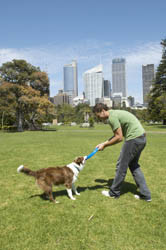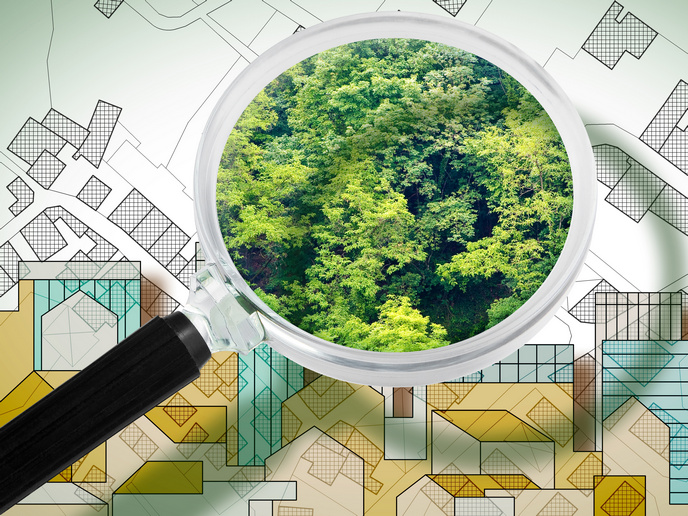Can urban greening improve health?
Air quality and urban heat islands in European cities are a growing concern as more and more of the population relocates to urban areas. Different configurations of avenues, roof gardens and green facades may be able to influence air quality and reduce air temperatures in cities. To test this idea, the EU-funded 'Vegetation and urban air quality: CFD evaluation of vegetation effects on pollutant dispersion' (VEG-AIR) project developed improved models on the influence of vegetation on airflow and temperature in urban areas and provided some first guidance to urban planners. The project first investigated the effects of avenue trees on ventilation and air pollution. It did so by testing various airflow models against experimental data. This part of the project identified one model that was the most accurate. Using this model, researchers showed that avenues of trees limited airflow and overall increased the concentration of airborne pollutants. VEG-AIR also examined whether different greening measures had an effect on air temperatures in cities during hot summer days. Avenue trees reduced urban air temperatures the most, while green facades had a small effect and roof gardens did only negligibly affect temperatures. These results show that using urban greening to improve air quality is far from straightforward. The implications of greening on the urban microclimate are manifold and complex. Nevertheless, the work of VEG-AIR has taken important steps towards using vegetation as an air remediation strategy.
Keywords
Urban greening, pollution, air quality, cities, vegetation effects, airflow, air temperature, urban heat island







